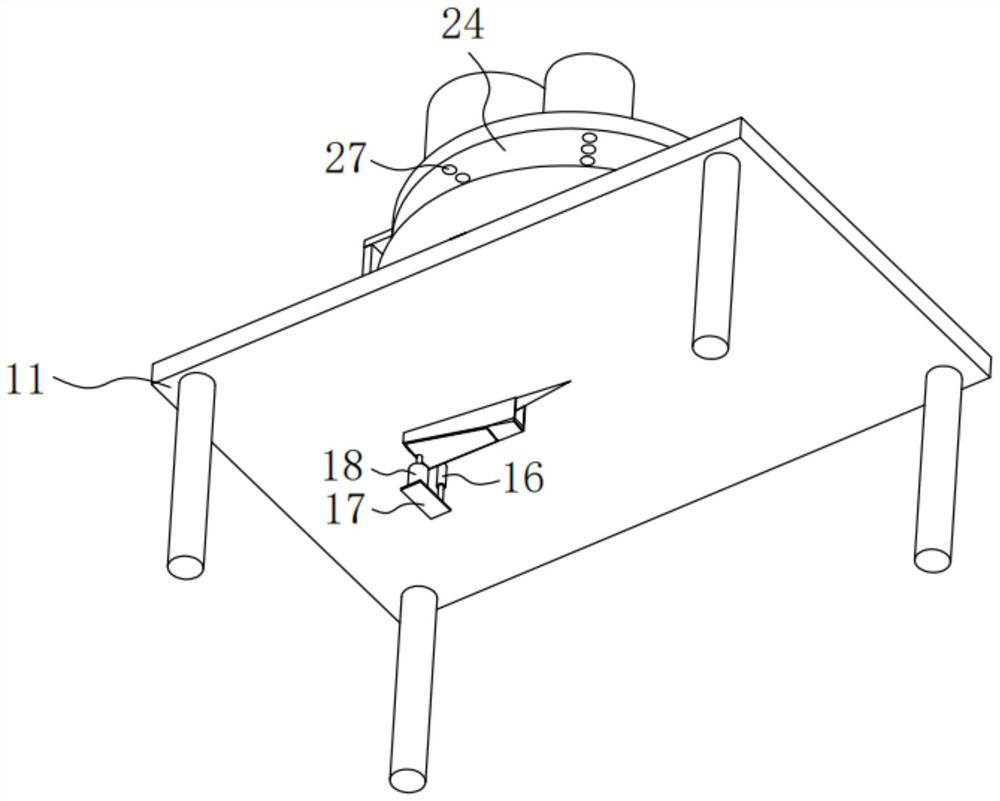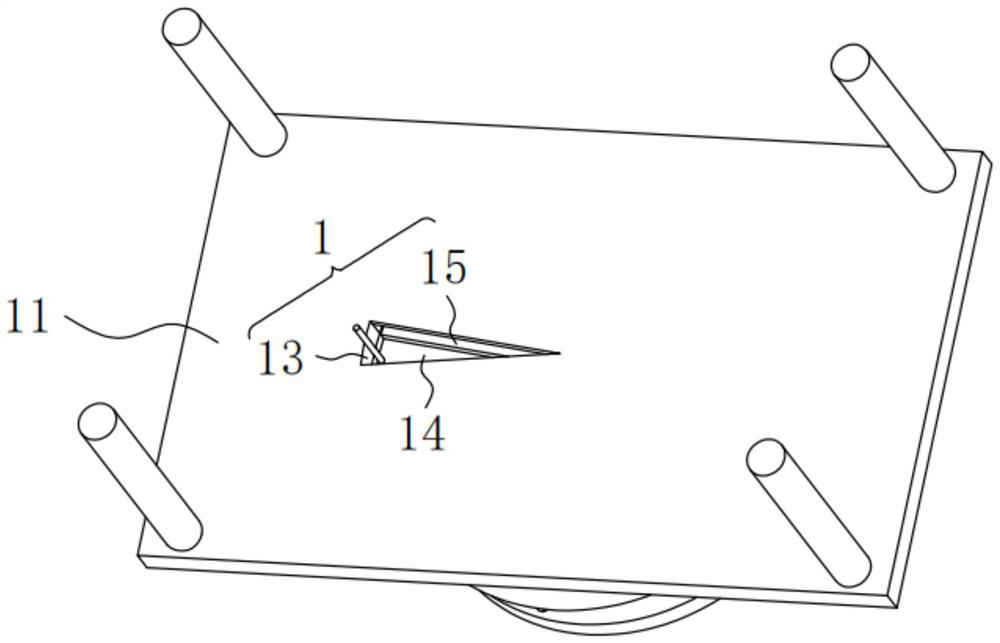Feed additive for improving shelling rate in crab breeding and processing technology of feed additive
A technology of feed additive and processing technology, applied in feed, animal feed, animal feed, etc., can solve problems such as failure of crab molting, achieve the effects of reducing disease occurrence, inhibiting reproduction and growth, and improving moulting rate
- Summary
- Abstract
- Description
- Claims
- Application Information
AI Technical Summary
Problems solved by technology
Method used
Image
Examples
no. 1 example
[0031] A kind of feed additive that improves the molting rate in crab culture includes: calcium lactate, bile acid, trace element, quicklime, bacillus, biological fertilizer, organic acid, Trichosanthes root, calcium dihydrogen phosphate, vitamin; Wherein, the lactic acid Calcium, the bile acid, the trace element, the quicklime, the bacillus, the biological fertilizer, the organic acid, the Trichosanthes root, the calcium dihydrogen phosphate, and the vitamin are as follows Composition in parts by weight: 7-15 parts of the calcium lactate, 5-9 parts of the bile acid, 4-11 parts of the trace element, 11-18 parts of the quicklime, 9-13 parts of the bacillus, the 6-8 parts of biological fertilizer, 4-9 parts of the organic acid, 10-14 parts of the Trichosanthes root, 5-8 parts of the calcium dihydrogen phosphate, and 4-7 parts of the vitamin.
[0032] It consists of the following parts by weight: 7 parts of the calcium lactate, 5 parts of the bile acid, 4 parts of the trace eleme...
no. 2 example
[0044] see figure 1 , figure 2 , image 3 , Figure 4 , based on the feed additive and its processing technology for improving the molting rate in crab cultivation provided in the first embodiment of the application, the second embodiment of the application proposes another feed additive and a feed additive for improving the molting rate in crab cultivation its processing technology. The second embodiment is only a preferred mode of the first embodiment, and the implementation of the second embodiment will not affect the independent implementation of the first embodiment.
[0045] Concretely, the difference between the feed additive and its processing technology for improving the molting rate in crab cultivation provided by the second embodiment of the present application is that the feed additive and its processing technology for improving the molting rate in crab cultivation also include the use of In the frying assembly 1 in the S4 step, the frying assembly 1 includes ...
PUM
 Login to View More
Login to View More Abstract
Description
Claims
Application Information
 Login to View More
Login to View More - R&D
- Intellectual Property
- Life Sciences
- Materials
- Tech Scout
- Unparalleled Data Quality
- Higher Quality Content
- 60% Fewer Hallucinations
Browse by: Latest US Patents, China's latest patents, Technical Efficacy Thesaurus, Application Domain, Technology Topic, Popular Technical Reports.
© 2025 PatSnap. All rights reserved.Legal|Privacy policy|Modern Slavery Act Transparency Statement|Sitemap|About US| Contact US: help@patsnap.com



